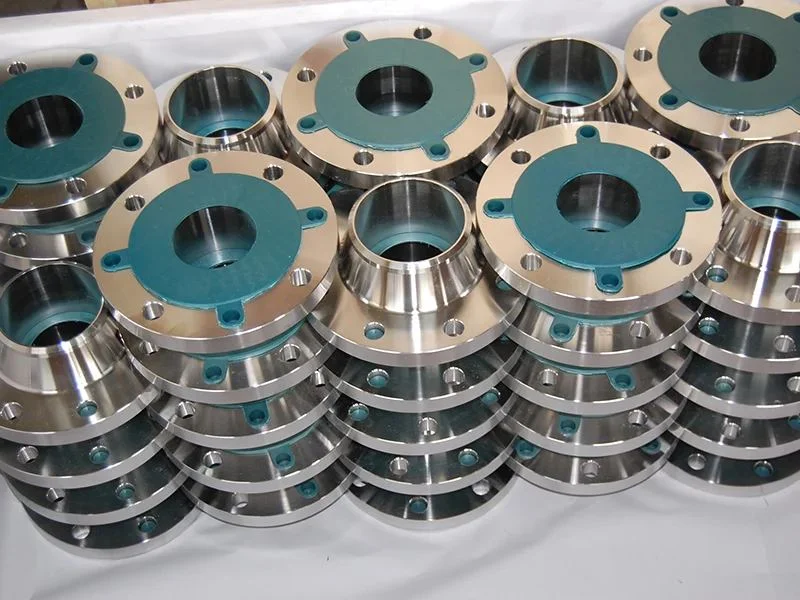Flange installation precautions
Flange installation is a common work in engineering construction, and it plays a vital role in pipeline connection. Correct flange installation can ensure the firmness and tightness of the pipeline connection, thus ensuring the safe operation of the project. However, because flange installation involves many details and technical requirements, some matters need to be paid attention to when performing flange installation.

First of all, it is very important to choose the appropriate flange material. According to the specific requirements of the project and the characteristics of the medium, selecting the appropriate flange material can ensure the corrosion resistance and pressure resistance of the flange. Common flange materials are carbon steel, stainless steel, alloy steel, etc. When selecting the material of the flange, it is also necessary to consider the working environment and temperature conditions of the project to ensure the service life and safety of the flange.
Secondly, correct flange installation needs to be carried out in strict accordance with relevant standards and specifications. Before flange installation, flanges and pipes need to be inspected to ensure that the surface is smooth and free of defects such as cracks and deformation. At the same time, it is also necessary to check the integrity and quality of flange bolts and gaskets to ensure the reliability and tightness of flange connections.
When carrying out flange installation, need to pay attention to the following points. First, ensure the alignment of the flanges. The alignment of the flange means that the center line between the two flanges should be consistent when the flanges are connected. Poor alignment can lead to weak flange connections and leaks. In order to ensure the centering of the flange, special flange centering tools can be used for adjustment.
Secondly, the fastening force of the flange bolts must be correctly selected. The fastening force of flange bolts directly affects the firmness and sealing of flange connections. Bolts that are too tight or too loose will cause leakage or loosening of the flange connection. When tightening the flange bolts, you can use a torque wrench or a hydraulic wrench for control to ensure that the tightening force of the bolts meets the requirements.
In addition, it is necessary to pay attention to the sealing of the flange connection. When performing flange installation, it is necessary to correctly select the appropriate gasket material and size to ensure the tightness of the flange connection. Common gasket materials are rubber, polytetrafluoroethylene, etc. When installing the gasket, it is necessary to pay attention to the correct installation position and direction of the gasket to avoid damage and leakage of the gasket.
Finally, pay attention to the safety of the construction site when installing flanges. Before flange installation, a safety inspection of the construction site is required to ensure the safety of the construction site. When carrying out flange installation, it is necessary to wear personal protective equipment, such as hard hat, protective glasses, etc. At the same time, it is also necessary to pay attention to the cleanliness and order of the construction site to avoid accidents.
To sum up, correct flange installation is the key to ensure the firmness and sealing of pipeline connections. When installing the flange, it is necessary to pay attention to the selection of the appropriate flange material, strictly follow the relevant standards and specifications, ensure the neutrality of the flange, correctly select the fastening force of the flange bolts, pay attention to the sealing of the flange connection and pay attention to Construction site safety. Only under the premise of strictly observing these precautions can the safety and reliability of the flange connection be ensured, so as to ensure the normal operation of the project.
Carbon Steel Flange & Stainless Steel Flange
Advantages and scope of use of sliding flanges
Advantages of stainless steel flanges
What are the advantages of stainless steel pipe fittings?
304 stainless steel flange rust causes
Precautions for using stainless steel flanges
Flange sealing principle and form
Flange gasket seal connection leakage cause






